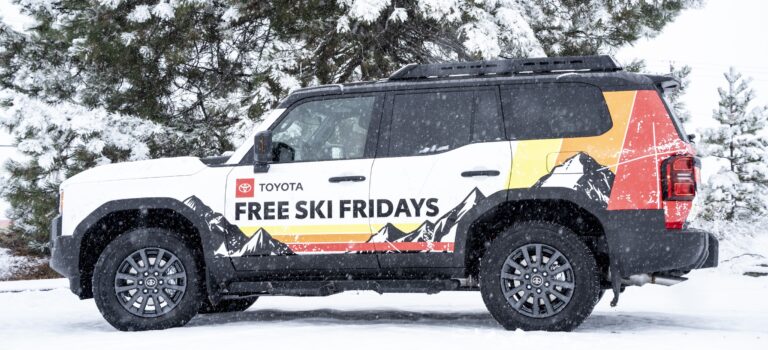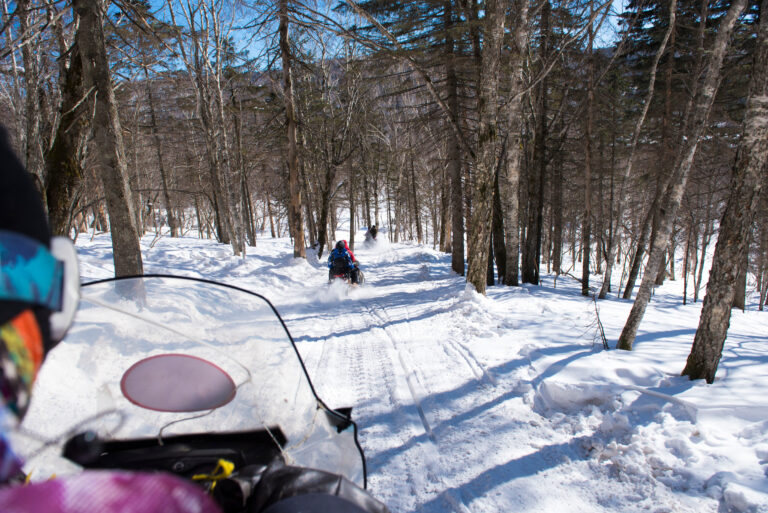Interest in landscaping with native plants is growing. More and more people understand the importance of helping to improve biodiversity on their property, and the right groups of plants provide food and habitat for a range of vital pollinators and other wildlife. Some people appreciate the unique beauty of the region in which they live and wish to grow the plants that have adapted to live and thrive there. Others are drawn to natives as a reaction to the wasteful, high maintenance and frequently toxic methods used in what is still very much the common approach to having a conventional yard.
Using native plants in a naturalistic style and making it work in a residential setting can be a challenge. A common pitfall is the planting can look formless or unkempt. What looks great out there on the grand scale does not always translate directly to a small property. There are plenty of great resources of information to help you design and install landscapes with native plants, often written from a purely ecological viewpoint. What makes a great garden is nearly always a combination of ecology, art and design. Rather than trying to copy nature, it is better to try to distill its essence, which is of course easier said than done. But here are a few tips.
In more visible places like a front yard or nearer to the house, limiting the plant palette to big drifts of a few well-performing varieties can help to keep the design simple, which will make a landscape easier to read as well as to manage. These might also be the areas in which to utilize more non-natives, perhaps to provide evergreen structure, but choose exotic plants with the same basic needs as your natives. Certain native shrubs can work well in a more formal layout if that is desired, or in slightly-less-than-naturalistic monocultural drifts or un-sheared hedges. Native shrubs with significant success include mock orange (incredible aroma when blooming in June), nine bark, golden currant, fern bush, Douglas spirea, Oregon grape, and red twig dogwoods, all of which are very dependable and fairly uniform in growth habit. If low maintenance is your impetus for using natives, focus on a balanced mix of the right small trees and shrubs.
Meadow areas of grasses and flowering perennials can too easily be perceived as a field of weeds by the uninitiated. Mowing the edges or a path through the planting adds structure and indicates that the arrangement is intentional. Drifts of one particular plant can work well here too, both at the edges and throughout. If space allows add drifts of shrubs or a copse of trees. Some of the best native perennials include blue flax, firecracker penstemon, Rocky Mt. penstemon, Richardson’s penstemon, roundleaf alumroot coralbells, arrowleaf balsamroot, columbines and lupines; all of these are very reliable performers. The large grass Great Basin wildrye has great potential and, with a little more water than it receives in the wild, is a very attractive garden plant. In a very low-water yard with poor rocky soil and full sun, these plants will do well: snowy buckwheat, sundancer daisy, Munro globemallow, Palmer penstemon and Dorr sage. I often combine natives with non-native grasses and perennials in dense naturalistic plantings that cover the ground, as this works better in smaller residential yards.
There is much more to experience in a naturalistic garden and people will want to explore it personally. Adding well proportioned and thoughtfully placed paths and patios within a landscape can greatly enhance the experience. Other built elements such as arbors, benches, water features, a fire pit or a well-placed sculptural pot can create the sense of order and scale that help most people feel comfortable. Additionally their angular lines offer a counterpoint to the shapes and textures of the plants. The best gardens always have this balance of order from the hardscape elements and (relative) chaos from the plants.
With proper planning, a naturalistic landscape that uses native plants, whether in part or exclusively, can require less time and fewer resources to maintain and can provide greater rewards than a traditional yard. With a bit more thought towards the design, this style of landscaping should become accessible to a greater number of homeowners, landscapers and developers. // (Richard Lambert)
Richard Lambert is the owner of The English Landscaper. This is his first contribution to Out There Monthly. Visit his website at www.theenglishlandscaper.com.













